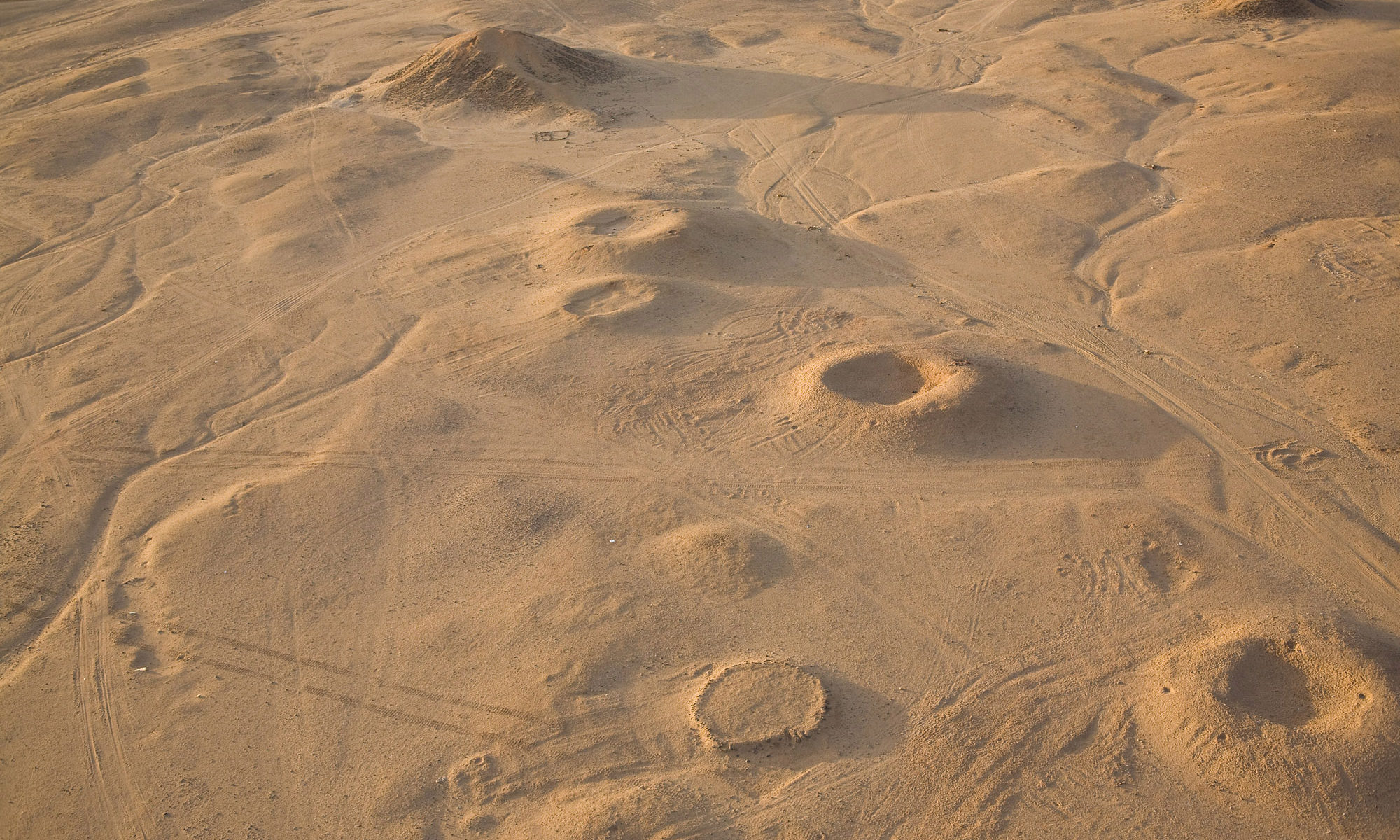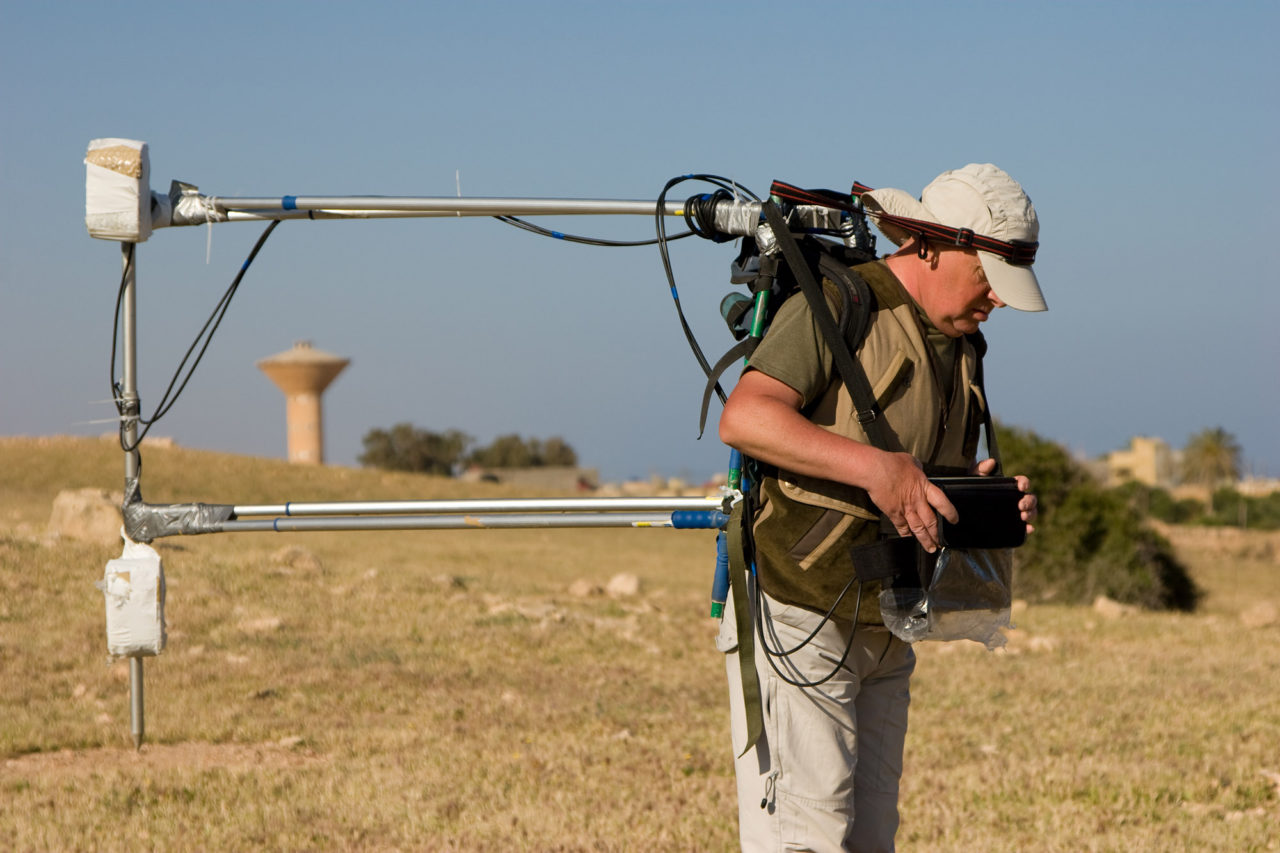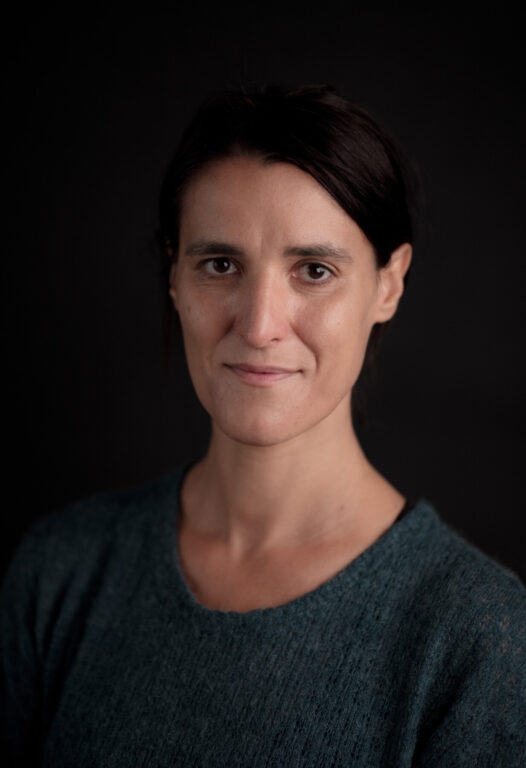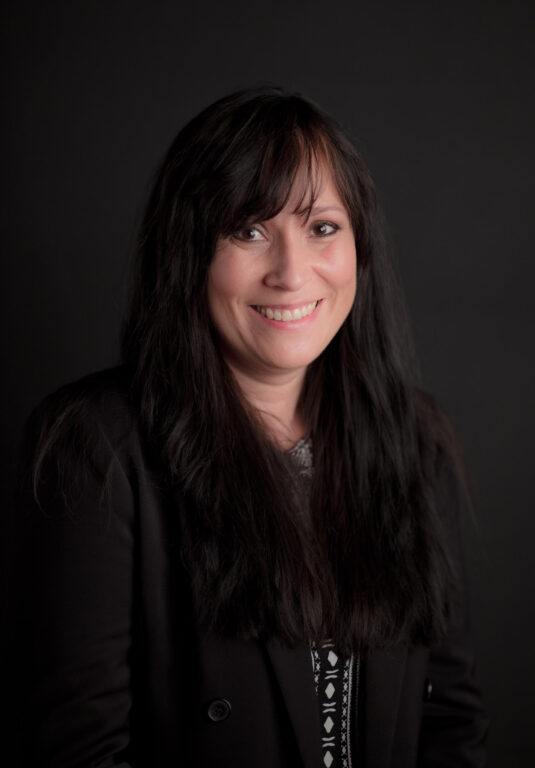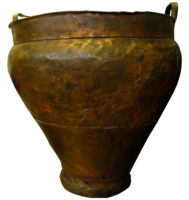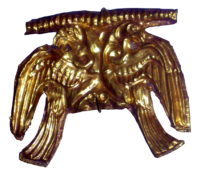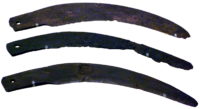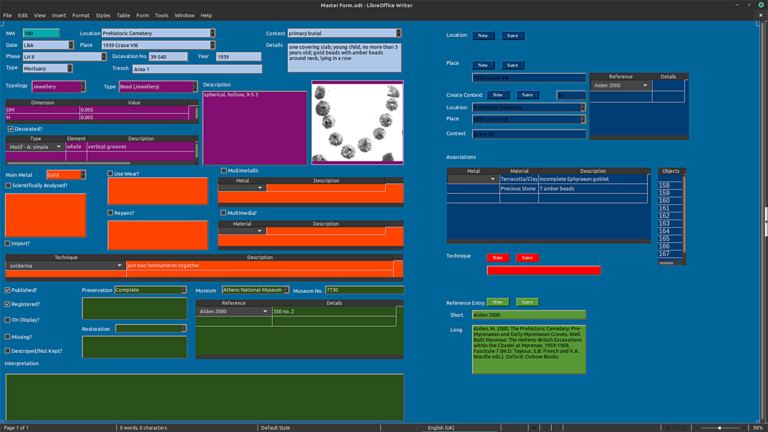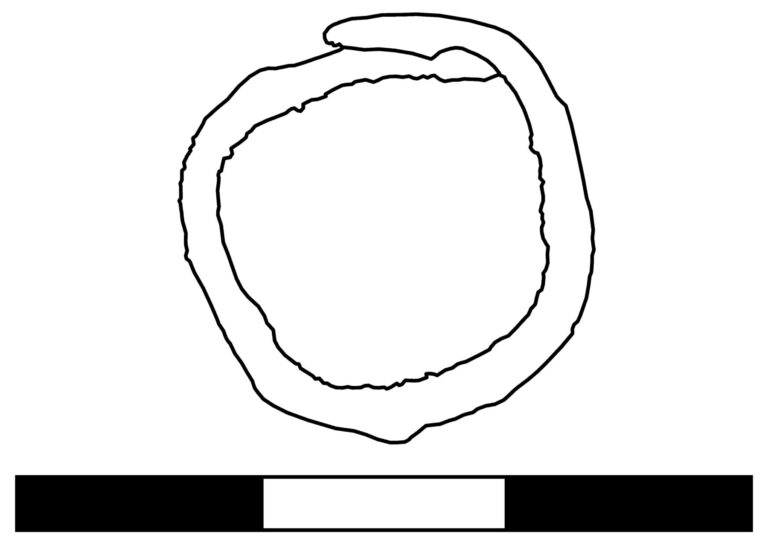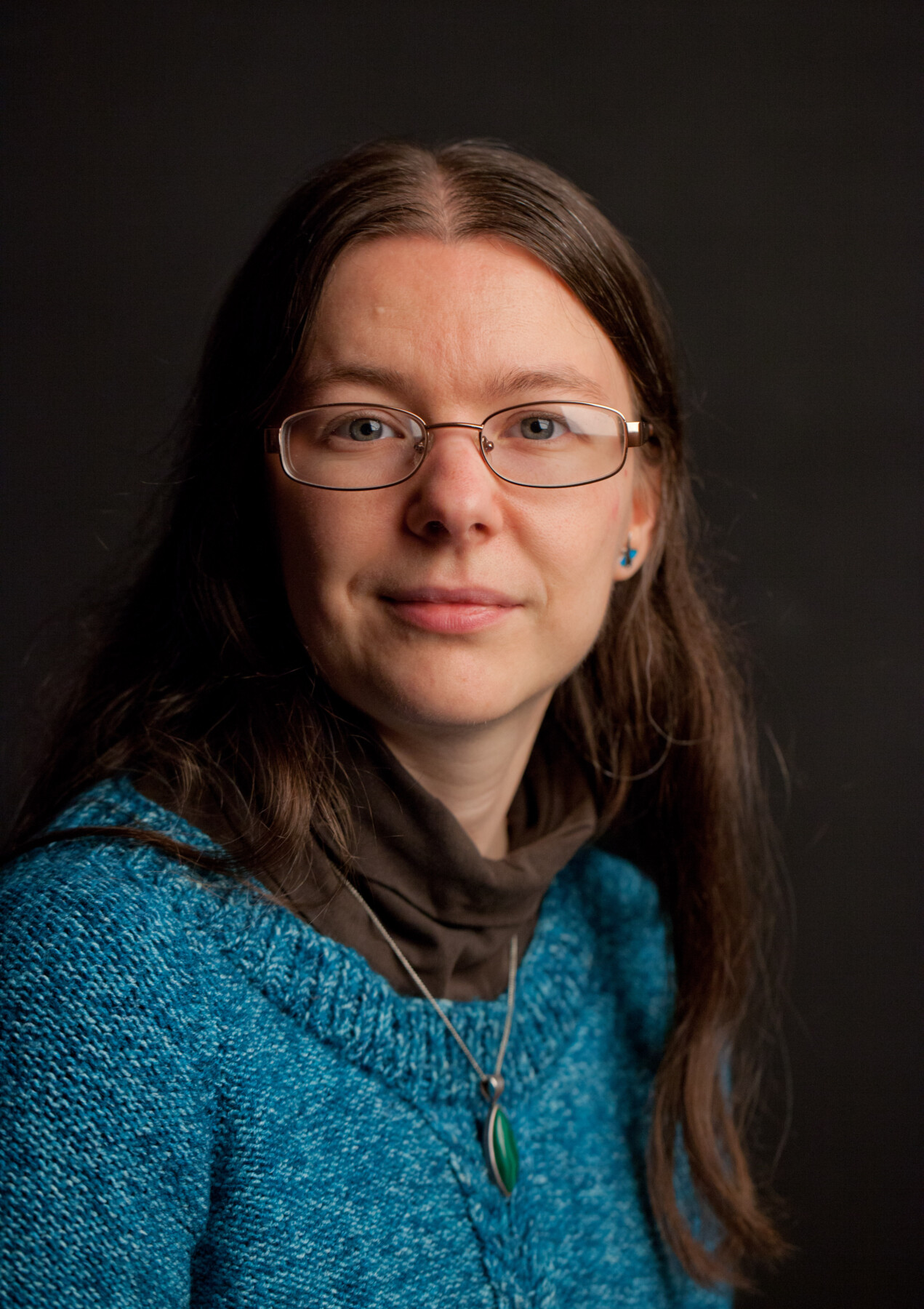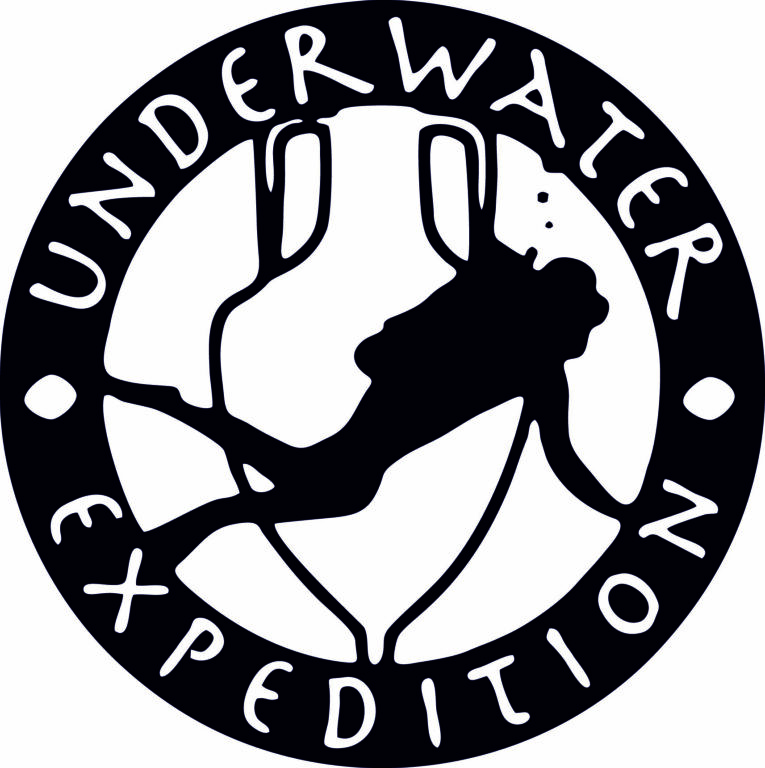 address:
address:
00-927 Warszawa, ul. Krakowskie Przedmieście 26/28, Szkoła Główna, room: 3.18, phone: 22 55 22 818
Head of the department:
dr hab. Bartosz Kontny, prof. UW
Staff:
prof. dr hab. Iwona Modrzewska-Pianetti
Artur Brzóska, MA
Magdalena Nowakowska, MA
Associates:
Dr. Karolina Trusz

Information on research conducted by employees and associates of the Department for Underwater Archaeology (DUA), Faculty of Archaeology, UW:
The Department, since 2012, has been conducting research in two directions:
field research on various water reservoirs in Poland and abroad. For the most part, members of the Department are involved in underwater archaeology of lakes and rivers of the Polish Lowlands, where they research lake dwellings and conduct searches in rivers and lake beds.
Field research in Kuwait is carried out by Magdalena Nowakowska MA, Małgorzata Mileszczyk, MA, participated in underwater works in Guatemala, she also conducted underwater research on the river near Iganiami and deals with the identification of early Iron Age lake dwellings in Warmian-Masurian Voivodeship. Artur Brzóska, MA, together with Piotr Prejs, MA, conducts research in Ukraine, on the Vistula as part of the NID funding, and in Poland’s lakes and rivers. Karolina Trusz, MA, has been participating in underwater research in Turkey for several years, conducts underwater research in Ukraine and Romania, and deals with harbour facilities. DUA employees also participate in field research conducted by prof. Bartosz Kontny, among others in Bornholm (Denmark) and at the ritual site in the Lake Lubanowo in Poland.
The second direction of research is the work on archaeological material in Spanish museum deposits led by Professor Iwona Modrzewska-Pianetti. She deals with ancient trade and the reconstruction of trade routes. The research was conducted within the framework of a grant by the National Science Centre on the material culture of the Region of Murcia, specifically in Puerto de Mazarron, and is continued in cooperation with museums in the region.
Since 2014, the UW Institute of Archaeology, now the Faculty, is a member of the UNESCO UniTwin Network for Underwater Archaeology, represented by M. Nowakowska, MA, and K. Trusz, MA.
Since the establishment of the Department, Double Master students from the University of Catania, Sicily, have collaborated with Department and the Head. So far 14 Masters in Archaeology have been promoted with the title of Italian dottore as well. Their work is published in the Ad Rem journal affiliated by Department for Underwater Archaeology and Humanica Student Scientific Association supervised by Iwona Modrzewska-Pianetti. Student Scientific Association Hispania also cooperates with the Department, under the supervision of the writer. Prof. Bartosz Kontny is a tutor of the Underwater Archaeology Student Scientific Association at WA UW.
Dr Bartosz Kontny Prof. UW runs the scientific editorial board of “Archaeology: Just Add Water” “Światowit” Suppl. Series U, which publishes texts on underwater research presented as part of the Underwater Archaeology Forum of international scope, held in Warsaw. The next international forum is planned for 2021.
Prof. Bartosz Kontny runs the scientific editorial board of “Archaeology: Just Add Water” “Światowit” Suppl. Series U, which publishes texts on underwater research presented as part of the Warsaw Seminar on Underwater Archaeology of international range, held in Warsaw. The next Seminar is planned for 2021.
Radosław Karasiewicz-Szczypiorski, PhD, cooperating with DUA, organized postgraduate studies in underwater archaeology for divers, where lecturers were employees of the Department. From 2021, the supervisor of the postgraduate studies is Magdalena Nowakowska, MA. Details about the postgraduate program are available in the Postgraduate Studies – Underwater Archaeology tab.
On English-language studies at IA UW, now WA UW, lectures are conducted by M. Nowakowska, MA, M. Mileszczyk, MA, and until 2017 Karolina Trusz, M.A. Since 2020, English-language classes have also been taught by prof. Bartosz Kontny.
Museum classes are assisted by Karina Kowalska, MA, who honourably accepts student groups for classes at the Diving Museum in Warsaw, which she conducts.
At the WA UW classes in underwater archaeology are conducted by prof. Bartosz Kontny, prof. Iwona Modrzewska-Pianetti, Magdalena Nowakowska, MA, and Artur Brzóska, MA.
This is only a summary of the activities of DUA employees, which is decentralized but very diverse.
Iwona Modrzewska-Pianetti
24th February 2021
Grants:
prof. Iwona Modrzewska-Pianetti
grant HARMONIA program of the National Science Centre, Poland (2016-2019) Trade contacts of the Region of Murcia (Spain) with the Mediterranean world in antiquity based on archaeological and historical sources (2015/18/M/HS3/00248).
mgr Artur Brzóska
“Vistula monuments of Warsaw and the surrounding area. Recognition of underwater archaeological sites within AZP research” – financed by the Ministry of Culture and National Heritage under the program “Protection of archaeological monuments – Edition 2019”
mgr Małgorzata Mileszczyk
“Lake Grid Dwelling in Rybno, Piłakno Lake (Warmian-Masurian Voivodeship). New Ideas for Interpretation of the Lake Dwelling Phenomenon” (financed by PRELUDIUM program of the National Science Centre, Poland) 2018/29/N/HS3/02949), contractor mgr Magdalena Nowakowska.
grant “Excellent Science” Ministry of Science and Higher Education DNK/SN/464684/202 Małgorzata Mileszczyk, Magdalena Nowakowska, Joanna Staniszewska, Magdalena Sugalska, the Explorers Club: “4th Warsaw Seminar on Underwater Archaeology”
prof. Bartosz Kontny
– 2019 – ongoing – underwater survey in Bornholm, Denmark
– 2014 – ongoing – Lake Lubanowo – ritual place
mgr Artur Brzóska
– 2015 – ongoing – Research on the Vistula River in Warsaw and its vicinity in cooperation with the Association of Tomorrow’s Archaeologists (Stowarzyszeniem Archeologów Jutra) – wrecks and bridge crossings
– 2019 ongoing – Research on the lakes of the Augustów Plain in cooperation with the Augustów Land Museum and Association of Tomorrow’s Archaeologists (Stowarzyszeniem Archeologów Jutra) – wrecks of the Augustów Canal
mgr Magdalena Nowakowska
– 2013 – continuation, “Waterfront and Underwater Archaeology of Kuwait. Archeorisk on the Coastal Zone around Failaka Island, Kuwait”
– 2010 – continuation, Project “Island”, Leginy site IX municipality Reszel, Warmian-Masurian voivodeship
– Methodology of Underwater Archaeological Research – 30 h seminar, winter semester
– Protection of Underwater Cultural Heritage – with Małgorzata Mileszczyk, MA, conversion 30 h, summer semester, classes for students of Archaeology and 4EU + European University Alliance
– Knife in the Water. Protection and popularization of underwater archaeological heritage – seminar 30h summer semester
2. coordinator of UNESCO Unitwin Network for Underwater Archaeology for the University of Warsaw together with Karolina Trusz, M.A.
3. coordinator of the postgraduate course “Underwater Archaeology” at the Faculty of Archaeology, University of Warsaw
4. member of the advisory team for the climate and ecological crisis entitled “Warsaw University for Climate”
5. editor (together with MA Małgorzata Mileszczyk) of the studio’s Facebook account
6. website: underwaterexpedition.uw.edu.pl (edited mainly by M. Mileszczyk)
7. editorial team: Światowit, Suppl. Series U: Underwater Archaeology, Archaeology: Just Add Water”, vol. 2 and 3
8 Organizing Committee: 4th Warsaw Seminar on Underwater Archaeology
Member of CMAS Scientifical Committee – Underwater Cultural Heritage
